Once upon a time, there lived six blind men in a village. One day the villagers told them, "Hey, there is an elephant in the village today."
They had no idea what an elephant is. They decided, "Even though we would not be able to see it, l et us go and feel it anyway." All of them went where the elephant was. Everyone of them touched the elephant.
"Hey, the elephant is a pillar," said the 1st man who touched its leg.
"Oh, no! it is like a rope," said the 2nd man who touched the tail.
"Oh, no! it is like a thick branch of a tree," said the 3rd man who touched the trunk.
"It is like a big hand fan" said the 4th man who touched the ear of the elephant.
"It is like a huge wall," said the 5th man who touched the belly of the elephant.
"It is like a solid pipe," Said the 6th man who touched the tusk of the elephant.

They began to argue about the elephant and everyone of them insisted that he was right. It looked like they were getting agitated. A wise man was passing by and he saw this. He stopped and asked them, "What is the matter?" They said, "We cannot agree to what the elephant is like." Each one of them told what he thought the elephant was like. The wise man calmly explained to them, "All of you are right. The reason every one of you is telling it differently because each one of you touched the different part of the elephant. So, actually the elephant has all those features what you all said."
"Oh!" everyone said. There was no more fight. They felt happy that they were all right.
The moral of the story is that there may be some truth to what someone says. Sometimes we can see that truth and sometimes not because they may have a different perspective with which we may not agree. So, rather than arguing like the blind men, we should say, "Maybe you have your reasons." This way we don't get in arguments. Truth can be stated in different ways. This story teaches us to be tolerant towards others for their viewpoints. This allows us to live in harmony with the people of different thinking.
















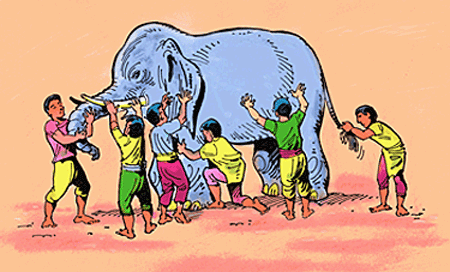





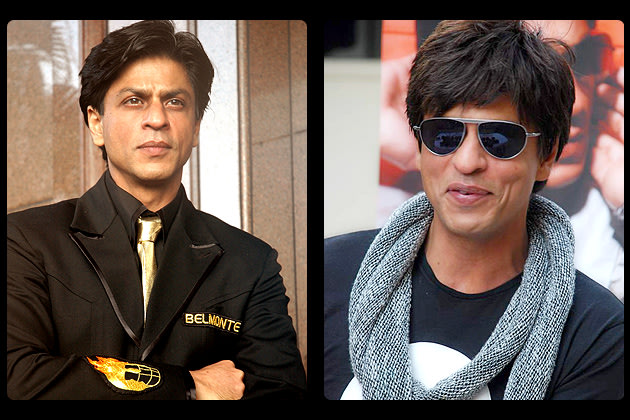

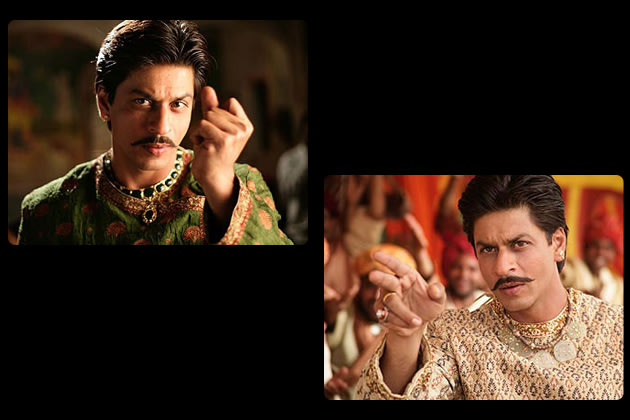






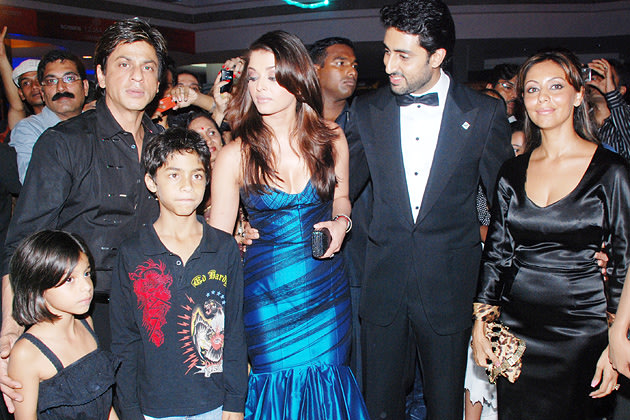

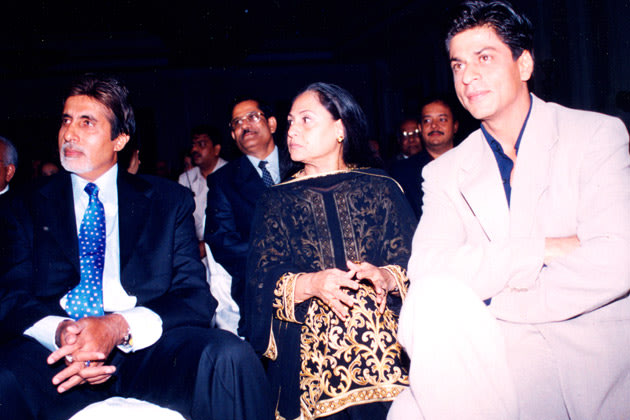






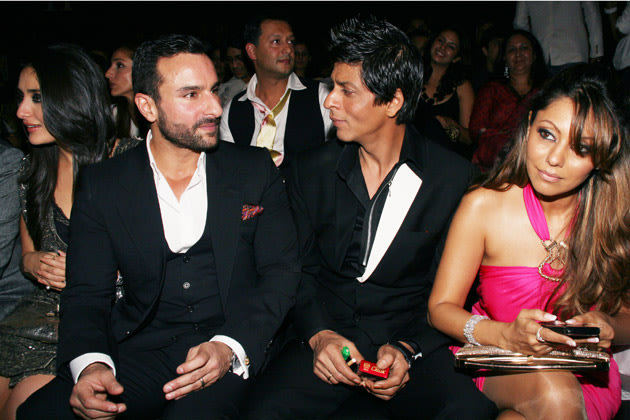

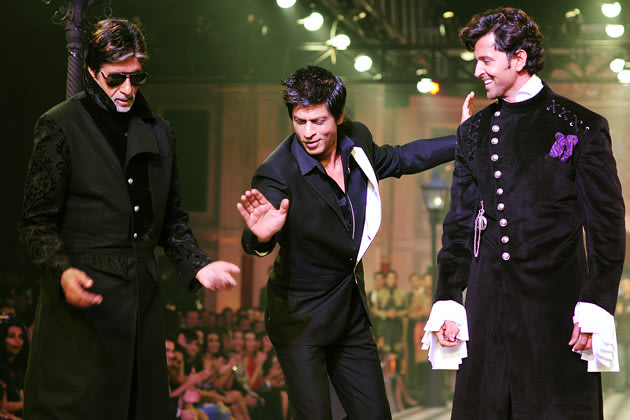



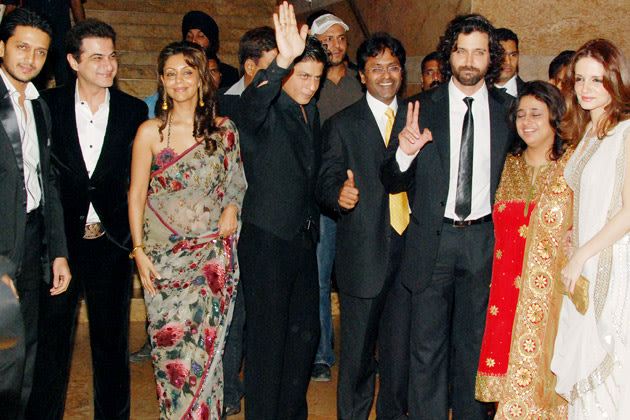



.jpg)